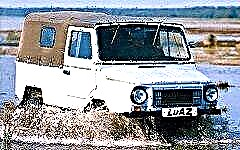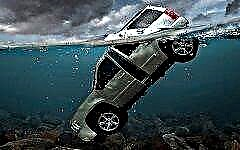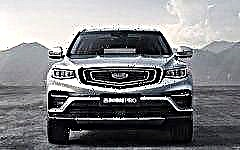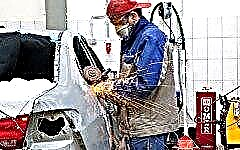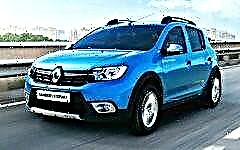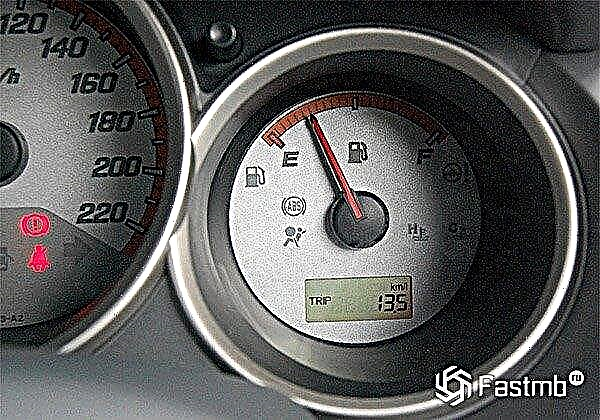Do you count every penny in the gas tank? Then read our tips on how you can save on fuel.

Fuel economy in cars is a topic that worries many drivers. All motorists can be divided into two groups: some want to get maximum power from their car so that the car breaks out of the traffic light and leaves their opponents behind, while for others, acceleration is not so important, but the mileage that the car can cover at one gas station is important.
Of course, if you want to save on gas stations, then instead of an old car with an engine volume of 2.5 liters, which may be in excellent condition, you should buy a regular city car with a 1.4 × 1.6 liter engine, a small engine always consumes less fuel.
- Read about FuelFree Fuel Economy.
What to do to save fuel
1. Regardless of the make and model of your car, to effectively save gas, the wheels must be inflated, not flattened - this often happens. When the wheels are lowered, the contact patch with the road increases significantly, so it becomes more difficult for the car to coast. When the wheel is inflated as it should (on most cars, tires are pumped up to two atmospheres), the contact patch with the road is minimal, under such conditions it is most easy for the car to coast, as it overcomes less resistance and requires less energy to maintain speed.
2. Most modern cars are air-conditioned. The air conditioner itself draws power from the engine; when the air conditioner is running, fuel consumption always increases. Therefore, when driving at low speeds, up to 80 km per hour, when the wind rushes into the cabin not with too much force, it is better to drive with open windows. With an increase in speed, the wind rushing into the passenger compartment will play the role of a brake, because it will "beat" the rear window of the car and slow it down. On the highway, when driving at high speed, instead of open windows, it is better to turn on the air conditioner. Moreover, when driving at a pace of 140 × 160 km per hour, the wind will rush into the cabin with a very strong force, which, of course, does not contribute to comfort. Carburetor car owners know that the carburetor has a direct impact on fuel consumption. The carburetor contains the so-called "jets" that supply air and gasoline from which the mixture is prepared. The mixture can be rich or lean. A rich mixture is a mixture with a higher proportion of gasoline. This mixture (prepared in reasonable proportions) provides high power and good dynamics, but the consumption will be higher.
A lean mixture cannot provide good dynamics, but it does provide economy. When replacing the jets, it is worth remembering that too lean a mixture leads to detonation, and this is one of the most harmful factors for the engine, therefore, everything should be within reasonable limits.
4. A direct influence on fuel consumption is exerted by ignition, or rather the angle of its advance, too late or too early ignition always leads to a loss of power and an increase in fuel consumption.
5. Of course, the state of the engine itself affects fuel consumption, because one inoperative spark plug entails a 25% loss of power in a four-cylinder engine. It turns out that gasoline is fed into the combustion chamber, but it does not ignite, since there is no spark. Failure of the ignition spark can result from a too lean mixture, leading to frequent detonation, or high oil consumption, which led to clogging of the gap intended for the formation of a spark. Increased oil consumption appears due to significant wear of the piston rings or the pistons themselves, which in many old cars become not round, but oval, which, of course, leads to oil loss.
6. Driving style affects the fuel economy of cars no less than its technical condition. A powerful multi-liter engine with a quiet ride can consume less gasoline than a small engine that constantly runs at high speeds. Therefore, for economical driving, you do not need to spin the engine into the high rpm zone, you should switch the overdrive early, but, of course, not too early - take into account the capabilities of your car, because a weak engine will simply not pull out a high gear.
7. Also, you should not accelerate and brake in front of a traffic light every time, you should calculate the speed of movement so that you constantly drive at a stable speed and at the same time do not hit the red traffic light, because much less fuel is spent to maintain a stable speed than to accelerate a car with places.


